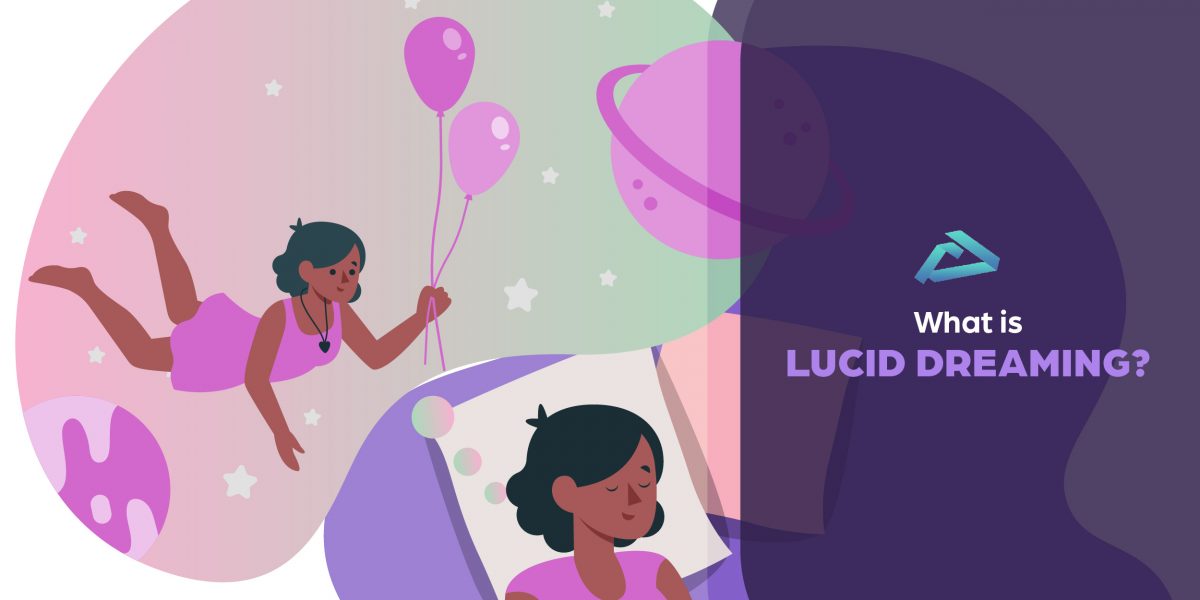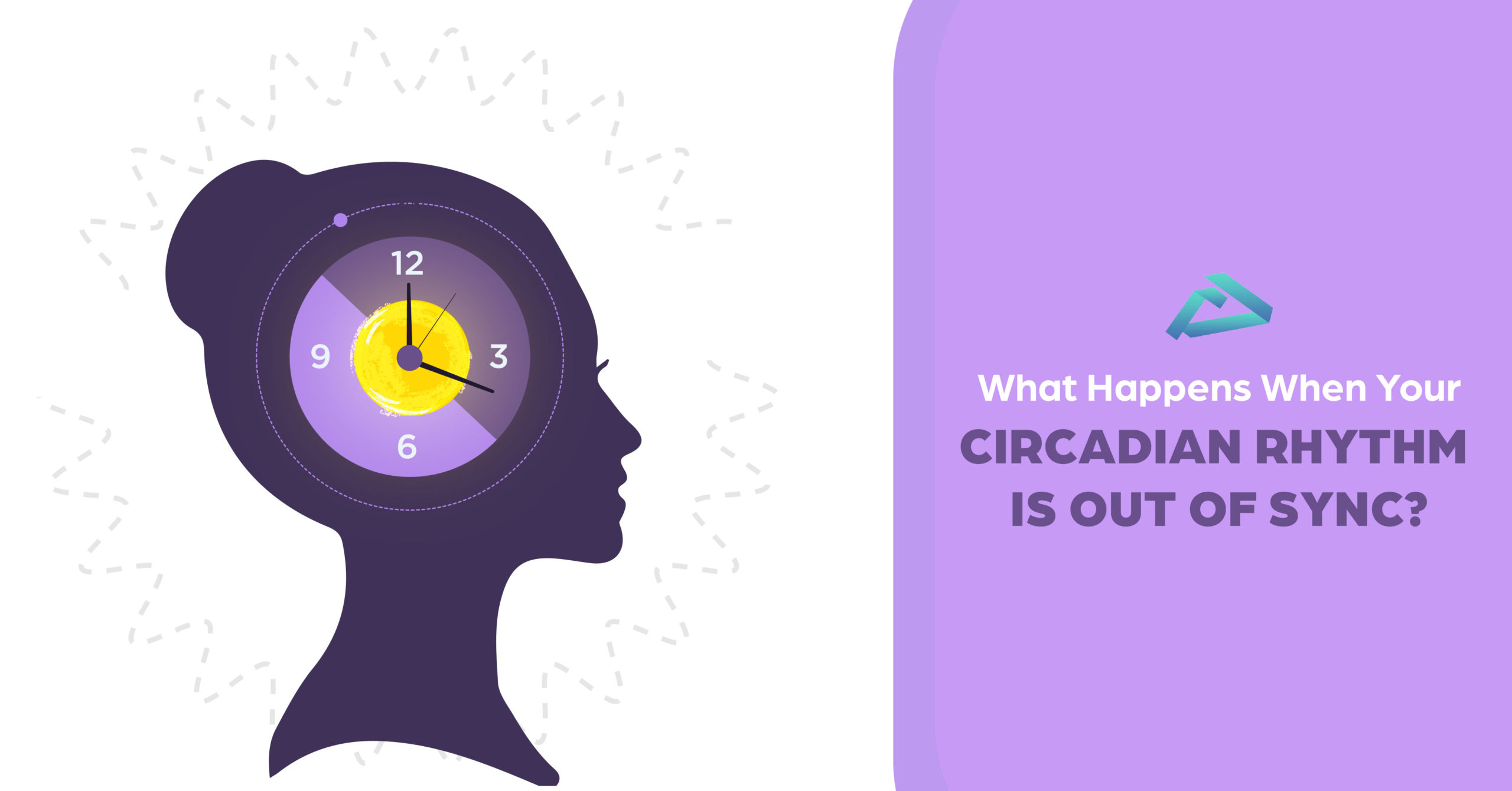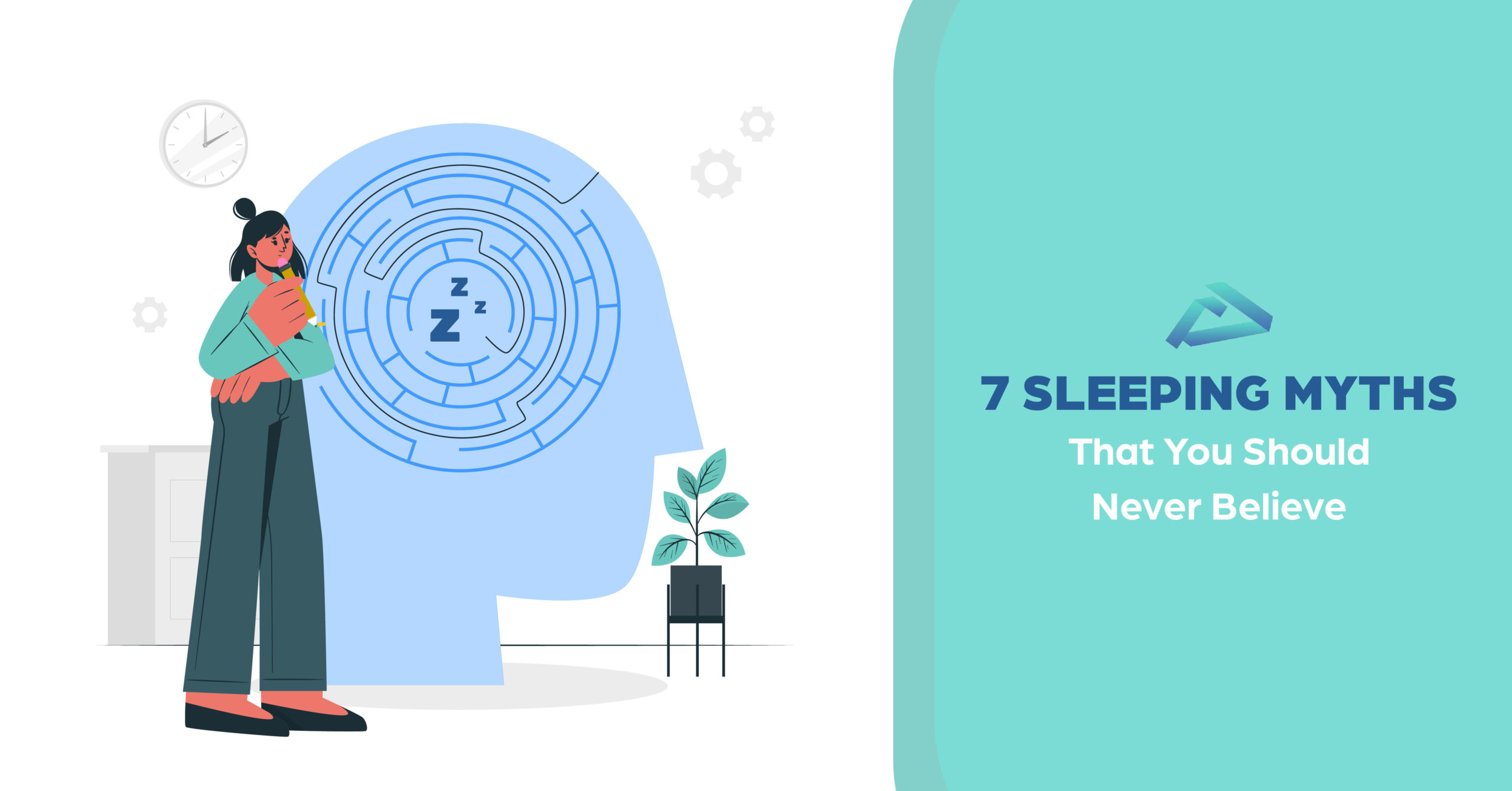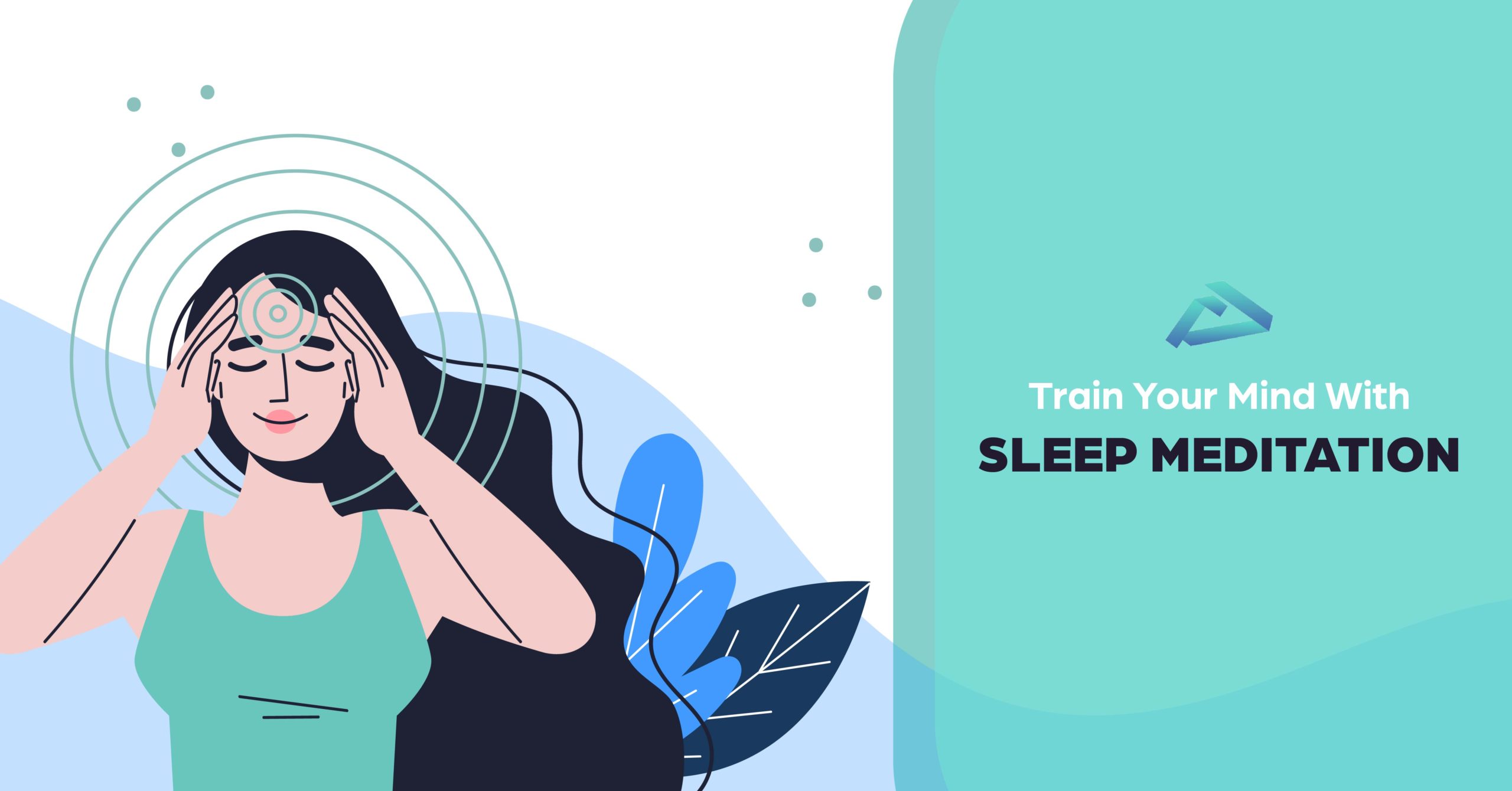23% of people experience lucid dreaming at least once or more in a span of 30 days. Extensive research and studies have been conducted to understand the concept. Even so, lucid dreaming is an elusive phenomenon that literally knows no bounds.
So, what is lucid dreaming? Let’s take a deep dive into its realm and get acquainted!
Lucid Dreaming Defined
The awareness around this state of dreaming dates back to the time of the famous Greek philosopher Aristotle. Yup, you read that right. As per Medical News Today, he wrote, “[If] the sleeper perceives that he is asleep, and is conscious of the sleeping state during which the perception comes before his mind, it presents itself still, but something within him speaks to this effect: ‘The image of Koriskos presents itself, but the real Koriskos is not present”
The National Centre for Biotechnology Information puts it simply succinctly and has given the exact words to all of our collective thoughts on it. It defines the phenomenon in the following manner – “during a lucid dream, the ‘sleeper’ is aware that a dream is taking place”
WebMD states “You’re aware that the events flashing through your brain aren’t really happening. But the dream feels vivid and real. You may even be able to control how the action unfolds as if you’re directing a movie in your sleep”
To sum it up, lucid dreaming is a state of awareness, wherein the dreamers know the fact that they are dreaming.
How does it ‘feel’ to Lucid Dream?
There are 2 main types of sleep – NREM (Non-Rapid Eye Movement) and REM (Rapid Eye Movement) Neuroscience tells us that lucid dreams most commonly occur during REM sleep.
In the words of Rebecca Turner, founder of the website – World of Lucid Dreaming, “I had a very specific idea about what a lucid dream would feel like. I thought it would be intense and magical and a little bit spooky. This turned out to be a pretty accurate representation” She further states that, “becoming aware in the dream state is like entering another world. One where physical laws can be manipulated (there is no spoon, Neo) and your fantasies can come true in an instant”
The most common experiences of a typical lucid dream include:
- Heightened senses
- Intense levels of all kinds of emotions
- A degree of control over dream ‘outcome’
- Active participation in the dream
- A sense of awareness that you are asleep
Whether induced or not, this is how it feels to be in a lucid dream for a normal person.
What causes a Lucid Dream?
As reported in the National Institute of Biotechnology, lucid dreams stem from non-lucid dreams.
The causes of lucid dreaming have been extensively researched. Some scientists and researchers believe that the prefrontal cortex of the brain is responsible for ‘naturally’ inducing a lucid dream. There are also certain known, performed practices that are known to concoct a lucid dream at will.
In a non-lucid dream, the dreamers are unable to distinguish their state of being in the dream. That is, they are not aware that it is a dream in itself. Neuroscientists attribute this to ‘low cortical’ activities.
On the contrary, lucid dreamers are aware of the fact that they are dreaming. Studies also show that lucid dreamers can control their surroundings and this ability is directly linked to high levels of cortical activities.
Lucid dreaming – a disciplined practice
Since time immemorial, lucid dreaming has been caught in the crossfire of ‘is it good or bad for you?’
And as anything goes, if done for the right reasons and in the right manner, inducing lucid dreaming can turn out to be highly beneficial. Healing, overcoming fears, and wishful thinking are the most common reasons for introducing the practice of lucid dreaming in day-to-day life.
Here are a few tried and tested methods of triggering lucid dreaming frequently :
- A healthy sleeping schedule is comfortable, dark surroundings to boost REM sleep state, wherein most lucid dreaming can occur.
- Use accessories like a sleeping mask, blackout curtains, and earplugs to block any unwanted noises in the background.
- Research on the MILD and WBTB that have proven to be highly effective. These techniques rely on our ability to ‘remember’ things and have seen high success rates.
- Maintain a dream journal. Revisit the journal on a regular basis to get accustomed to what you are dreaming about and identify common patterns.
- Play video games! Studies have shown that it affects the frequency and control over dreaming in general.
- There are several portable devices that regulate, improve sleeping patterns, and help induce lucid dreaming regularly.
A lot of seasoned lucid dreamers believe that training your mind is the key to unlocking the wonders of lucid dreaming. It is also widely believed that daily meditation practices coupled with conscious living help in procuring the benefits of lucid dreaming immensely.






